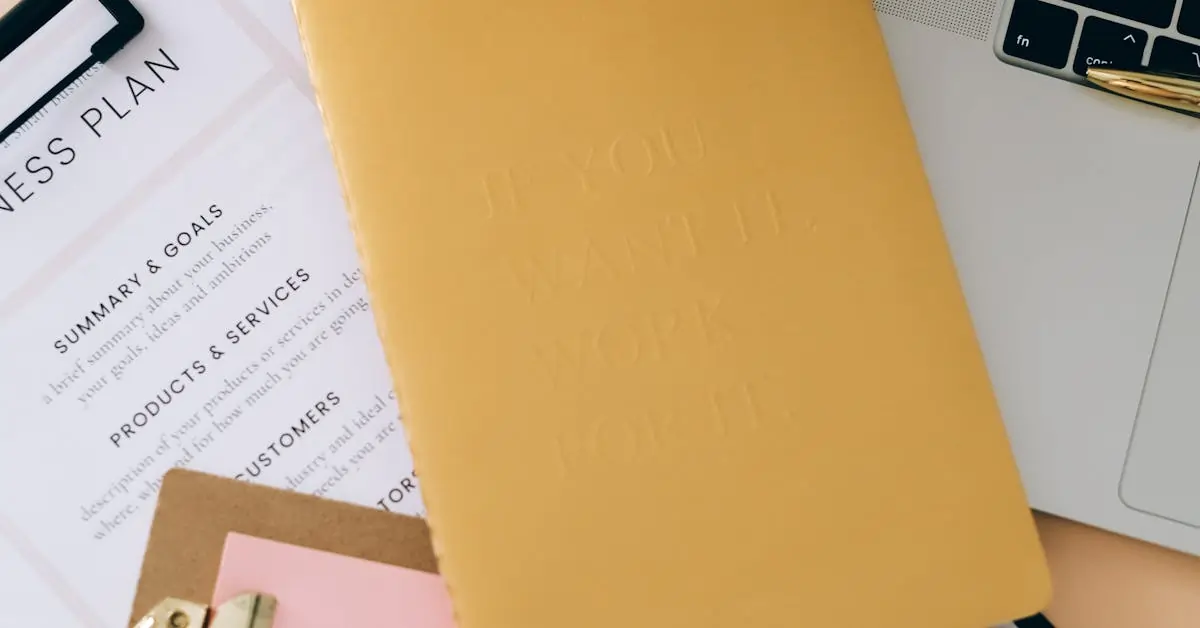
Opening a bubble tea shop starts with one thing: a clear plan. Without it, it’s hard to estimate costs, find the right location, or attract serious funding. A well-built bubble tea business plan gives you structure before the first drink is made. It outlines how much you need to launch, where to open, what to serve, and how to grow.
This guide walks through what every boba tea business plan should include, from startup costs and supplier selection to marketing strategy and projected ROI. If you’re ready to turn your idea into a real business, this is where to start.

A clear bubble tea business plan sets the direction for your shop before the first cup is poured. It’s the document lenders and landlords look at when deciding if your idea is worth backing. More importantly, it gives your business structure from day one.
Instead of guessing what comes next, you’ll have a plan that breaks everything down—from how much money you need to open, to how you'll attract customers and stay profitable. It also helps you set realistic goals and track your progress over time.
Here’s what a well-prepared boba tea business plan helps you do:
With a complete plan in place, you’ll move faster, avoid delays, and show investors that your idea can turn into a profitable shop.
Bubble tea continues to grow in popularity across the U.S., and the demand shows no signs of slowing down. According to Grand View Research, the global bubble tea market was valued at $2.46 billion in 2022 and is expected to grow at a 9.3% compound annual growth rate (CAGR) through 2030. The U.S. is one of the key markets driving that growth.
What’s fueling this rise? The drinks are highly customizable, visually appealing, and widely shared on platforms like Instagram and TikTok. That visibility keeps bubble tea relevant and in demand, especially among Gen Z, Millennials, and young professionals. These customers actively seek out fun, high-quality drink experiences.
Starting a boba shop doesn’t require a large team or a full kitchen. Many shops operate in small spaces with minimal staff, which helps reduce upfront and ongoing costs. Compared to full-service restaurants, the startup investment is more manageable. A typical shop can launch with $75,000 to $150,000, depending on location, equipment, and renovations.
Here’s why now is a smart time to move forward:
If you're developing your boba tea business plan, these conditions give you an advantage. The timing supports a faster launch, and the market is ready for more unique, well-branded boba shops.
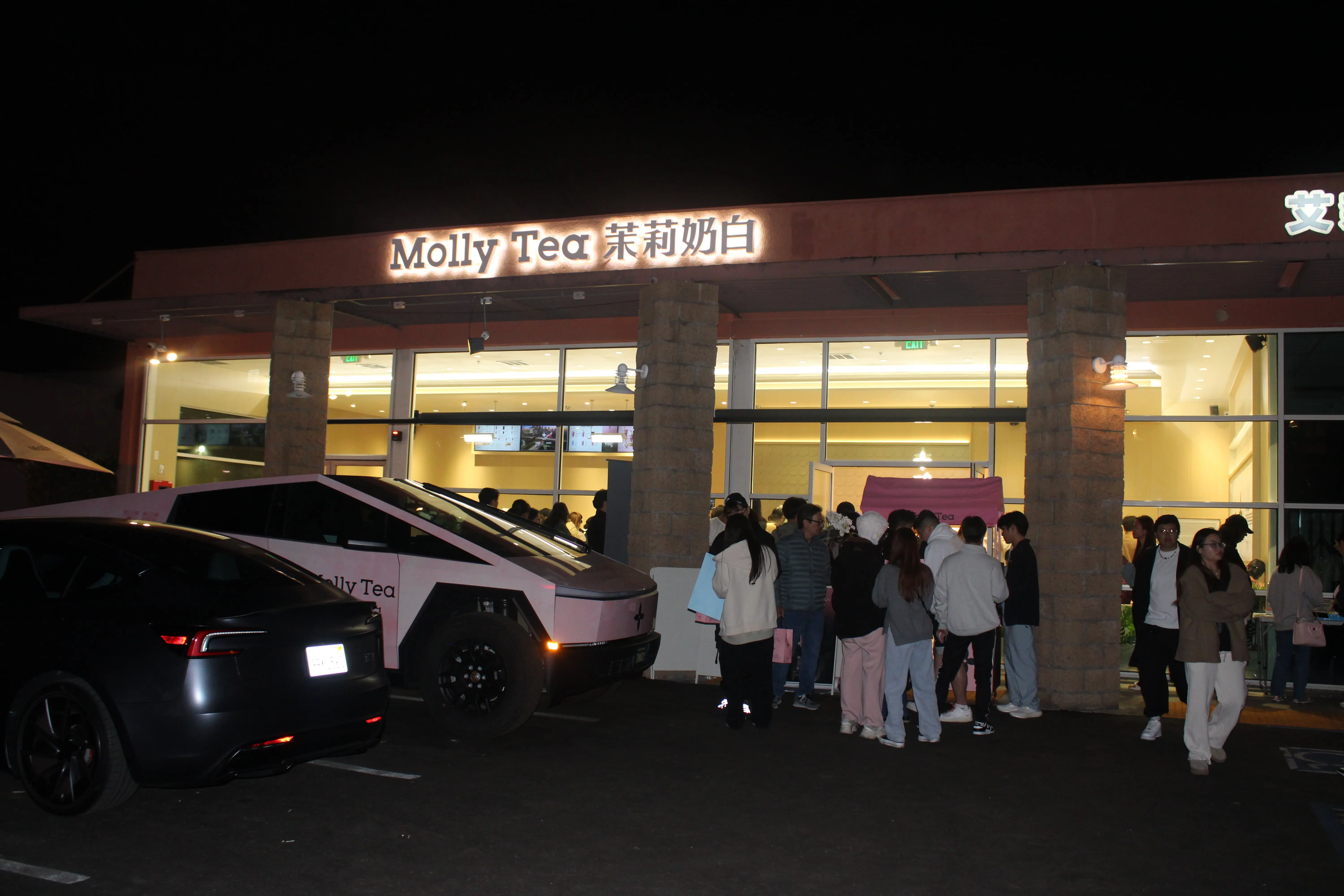
A complete boba tea business plan gives structure to your ideas and shows investors you're serious. Here's what to include and why each part plays a role in helping your shop succeed.
Start strong with a short overview of your shop. Include your business name, location, concept, and goals. Explain what makes your shop different and why now is the right time to launch. Keep it brief but clear. If someone only reads this section, they should understand your vision and how you plan to achieve it.
Show that you know your customers and competitors. Define your target audience by age, lifestyle, and preferences. Include insights about local demand for bubble tea, current trends, and what other shops are doing. Point out gaps in the market and how you plan to fill them.
Location has a direct impact on foot traffic and revenue. Share why you chose a specific area. Are you near a college campus, transit hub, or shopping plaza? Include details about visibility, accessibility, lease rates, and surrounding businesses. Make a clear case for why your location supports long-term growth.
Your menu is one of the biggest drivers of traffic. List the drinks you plan to offer, such as classic bubble milk tea, fruit teas, slushies, and toppings like tapioca pearls or crystal boba. Keep the list focused and aligned with your concept.
A strong boba milk tea business plan should highlight your menu’s unique edge. Are you using house-made syrups? Are you offering dairy-free or low-sugar options? Investors and customers both want to see something they won’t find everywhere else.
Explain how you’ll attract customers before and after opening. Focus on digital marketing, especially Instagram, TikTok, and local influencers. Include a rough plan for promotions, loyalty programs, and customer engagement. Be specific about your brand voice and visual style. This helps build recognition and trust.
Break down how the shop will run day-to-day. List the boba shop equipment you’ll need, such as sealing machines, blenders, refrigerators, and tea brewers. Outline your staffing needs: how many employees per shift, their roles, and your basic training plan. Describe your opening hours and how you’ll manage busy periods.
This section should give a full picture of your costs and revenue expectations. Include:
Use realistic numbers based on local research. Lenders and investors want to see a plan that balances ambition with practical thinking.

A sample plan helps bring everything together. It gives structure to your ideas, adds clarity to your goals, and helps others take your business seriously, especially if you’re pitching to a bank or private investor.
Below is a simplified example of a bubble tea business plan you can use as a reference. Adjust the numbers and details based on your own research, location, and resources.
Business Name
Leaf & Pearl
Location
Downtown Austin, Texas, near a college campus with high foot traffic and strong demand for grab-and-go drinks.
Concept
Modern, quick-service bubble tea shop focusing on premium loose-leaf teas, house-made syrups, and customizable drink options.
Startup Budget
Estimated $120,000, including:
Target Customers
College students, young professionals, and health-conscious consumers interested in tea-based drinks with low to moderate sugar levels.
Menu Highlights
Supplier Plan
Partner with two regional suppliers to source high-quality tea, tapioca, cups, and sealing film. Maintain a backup supplier for any high-demand items.
Location Strategy
The selected area has steady daily traffic, good visibility, and proximity to student housing and transit. The space offers 1,200 square feet with a front-facing entrance and space for a prep kitchen, counter, and limited seating.
Staffing Plan
Start with one store manager and three part-time team members. Cross-train staff to cover drink prep, cleaning, and customer service. Adjust hours based on demand trends after the first 90 days.
Revenue Forecast
ROI Outlook
With consistent sales growth and controlled overhead, break-even is possible within the first year. Profit margins improve once marketing costs and startup expenses stabilize.
This sample gives a clear structure and practical numbers investors or lenders expect to see. Add your own voice, local data, and competitive analysis to complete your boba tea business plan and make it presentation-ready. Let the plan reflect your brand, your strategy, and your commitment to making the business work.
Looking to launch with an established brand? Read our guide on How to Franchise Boba Milk Tea.
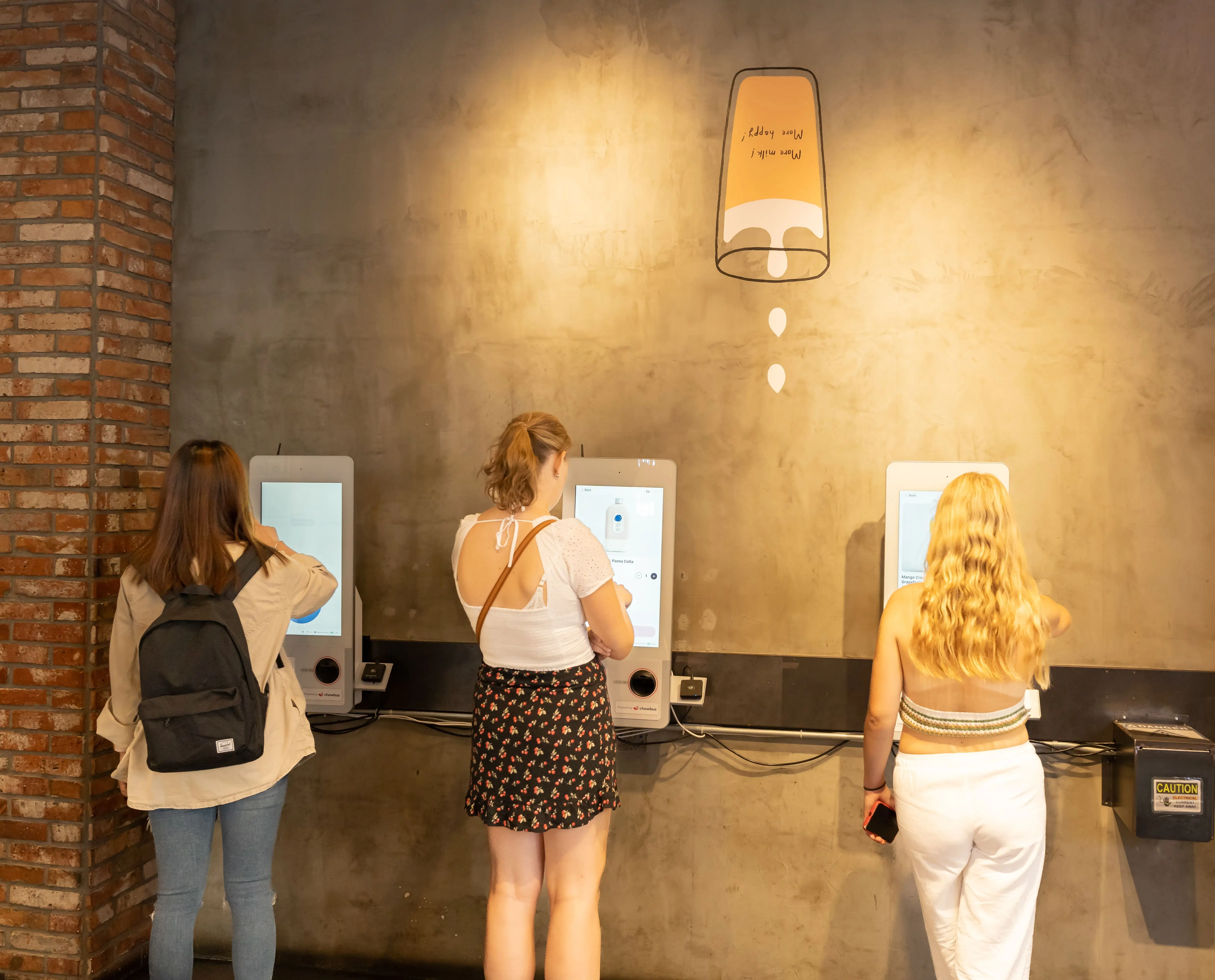
Investors look for clear thinking, strong data, and a plan that shows real potential. A solid boba tea shop business plan helps them see that you’ve done your homework and are ready to scale. Here’s how to make yours stand out:
Back Up Every Claim with Data
Show that your pricing, revenue projections, and location strategy are based on real numbers. Use market research, competitor pricing, and foot traffic data. Avoid vague estimates.
Highlight Your Competitive Edge
Explain what makes your shop different. It could be house-made syrups, a high-traffic location, faster service, or a specialty drink lineup. Make it clear how your shop will compete and grow.
Add Visuals Where It Counts
Charts, infographics, and timelines help people process information quickly. Use visuals to show your startup costs, projected revenue, and break-even timeline. Keep them clean and easy to read.
Keep It Focused and Clear
Avoid fluff. Every section should serve a purpose: to prove that your concept is viable and profitable. Use plain language and clear structure.
Show How You’ll Use the Investment
List exactly where the funds will go. Break it down: equipment, renovations, staffing, initial inventory, and marketing. Investors want to see how their money will support growth.
A detailed boba tea shop business plan shows you’re serious about your idea and prepared to build something sustainable. Keep it practical, focused, and based on what your shop will actually need to succeed.
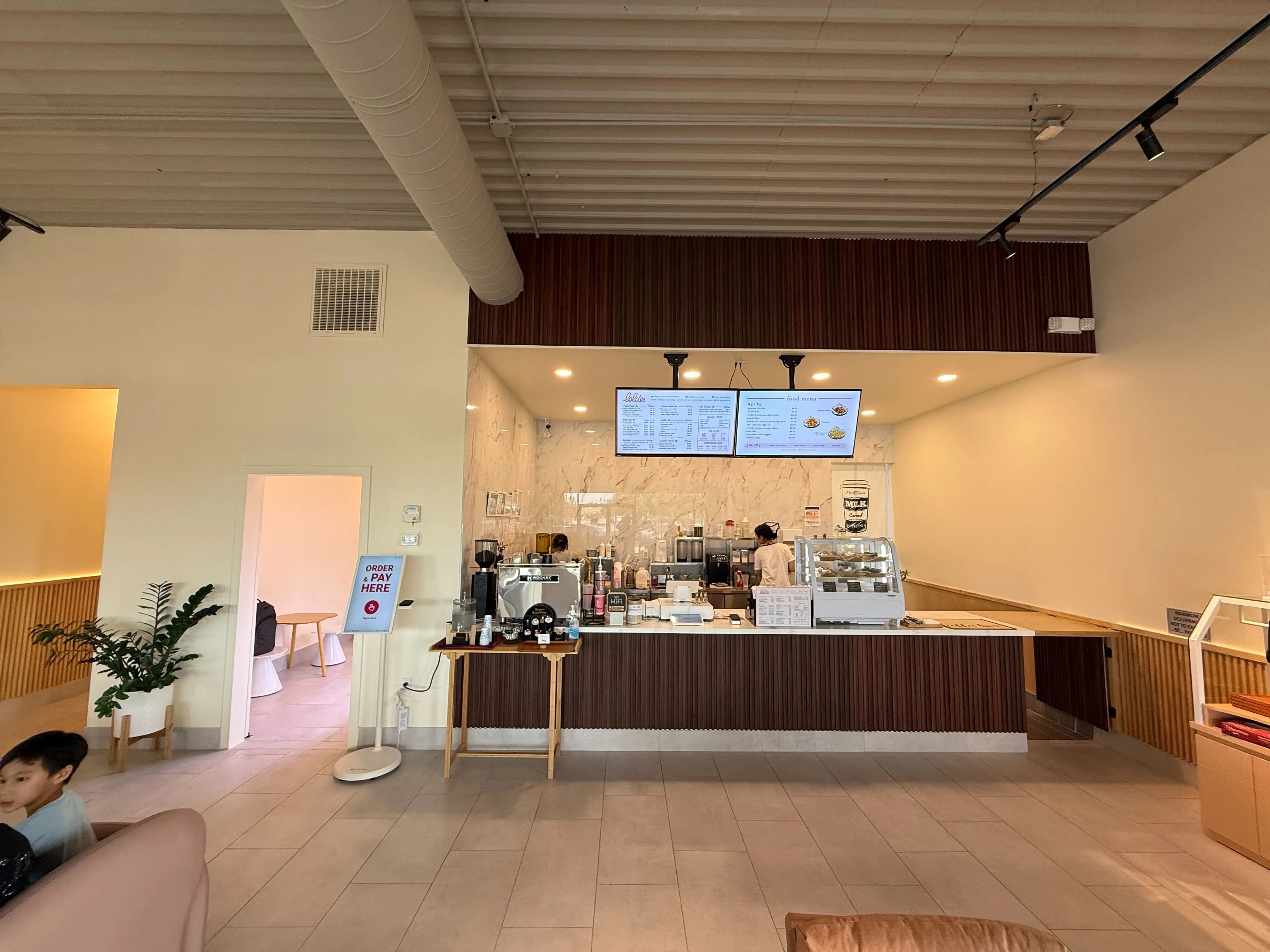
Even the best-written business plan for a boba tea shop can fail if you skip licensing or underestimate labor costs. Here are common mistakes that slow down progress or increase risk:
1. Ignoring Local Regulations or Permits
City and state requirements vary. Without proper licenses, health permits, or zoning approvals, your opening can get delayed—or worse, shut down. Build time into your timeline for permits, inspections, and approvals.
2. Underestimating Operating Costs
Rent, labor, utilities, and ingredient costs add up quickly. Many shops overspend early without a clear monthly budget. Plan realistically, then build in a buffer. Include seasonal slowdowns or unexpected equipment repairs in your forecast.
3. Choosing the Wrong Suppliers
Low prices don't always mean reliable delivery or consistent quality. Late shipments or poor ingredients can damage your brand. Research each supplier’s lead times, reputation, and support. Have a backup ready in case one falls through.
4. Overcomplicating the Menu
Too many options slow down service, confuse customers, and increase waste. Start with a focused menu. Learn what sells, then adjust. A simple, well-executed list works better than dozens of half-tested items.
5. Skipping Location Research
A cheaper lease doesn’t help if the area lacks foot traffic. Spend time in potential neighborhoods. Count passersby. Talk to nearby businesses. Traffic flow, parking, and visibility directly affect daily sales.
6. No Plan for Marketing
Opening day isn’t enough. Without a marketing plan, new shops often go unnoticed. Build a launch strategy with social media, promotions, and local engagement. Schedule posts, test offers, and track what brings in customers.
Spot these issues early in your bubble tea business plan to avoid costly delays and slow growth.
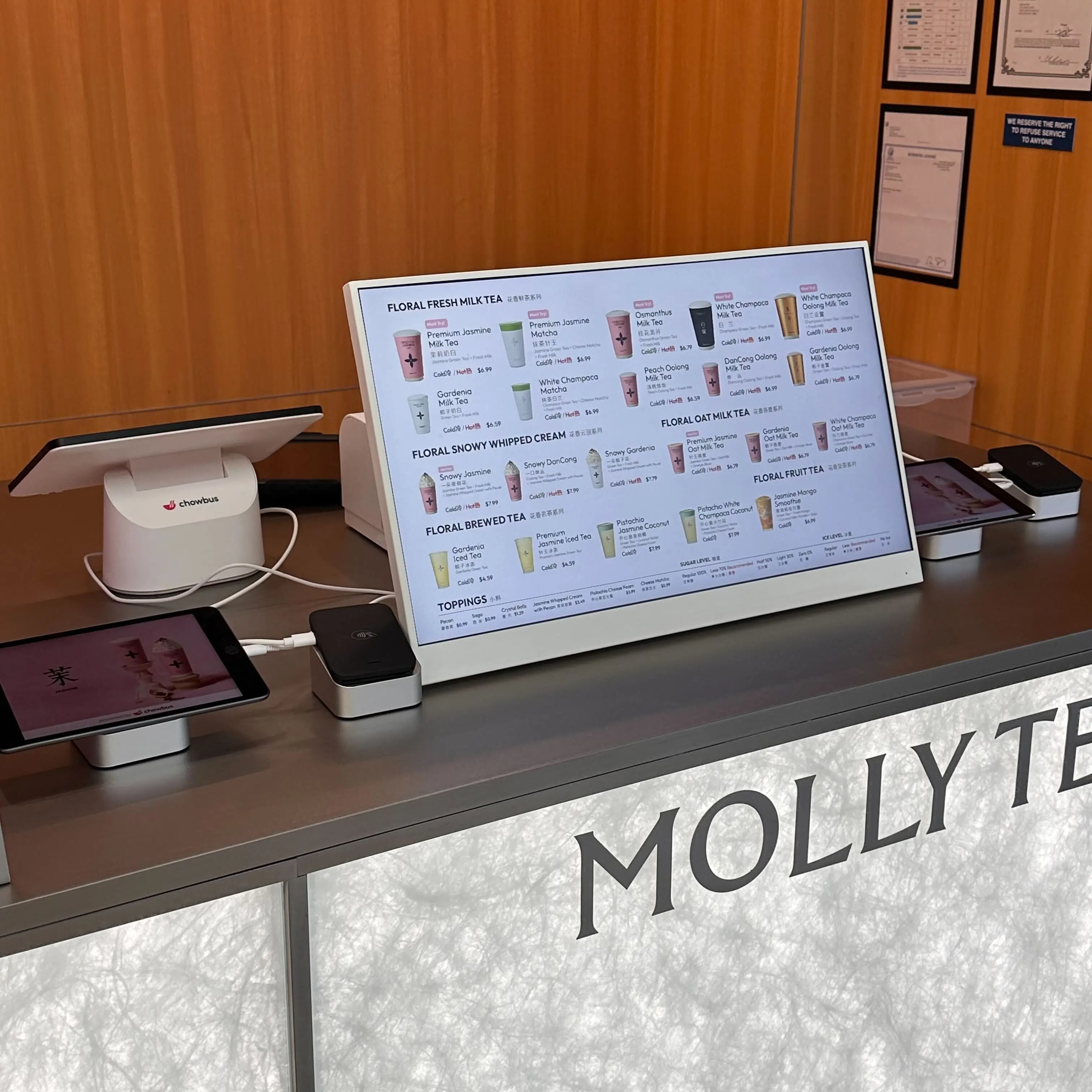
Building a successful bubble tea shop starts long before your first customer walks in. A complete, realistic plan gives your business the structure it needs to launch with confidence, secure funding, and grow sustainably. With clear steps, trusted suppliers, and smart financial planning, your bubble tea business plan becomes more than a document—it becomes your launch strategy.
Chowbus POS helps bring that strategy to life. We provide the best POS system for bubble tea shops, built to streamline operations, speed up service, and support your growth from day one. We also have boba machine integration options to simplify prep and boost consistency.
Book a free demo with Chowbus POS today and see how our tools can support your first shop—or your next.

Get quick answers to some of the most common questions that come up when putting together a bubble tea business plan. These insights can help you make clearer decisions as you plan your shop.
A bubble tea business can be profitable, with typical gross profit margins between 65% and 80%, depending on ingredient costs and pricing. After expenses like rent, labor, and marketing, net profit margins usually fall between 10% and 20%. Well-located shops that sell over 150 drinks a day often break even within 9 to 18 months.
A boba shop owner in the U.S. typically earns between $3,000 and $10,000 per month in profit, depending on location, rent, labor costs, and daily sales volume. High-traffic shops with efficient operations and strong branding can earn more.
A typical bubble tea shop in the U.S. sells 100 to 300 cups per day. Shops in busy areas like malls, college campuses, or downtown districts can sell 500 to over 1,000 cups daily, depending on location, hours, and marketing.
Yes. Demand for bubble tea continues to grow in the U.S. and globally. In the U.S., the market reached approximately $953 million in 2023 and is projected to grow at 9.5% annually, reaching around $1.74 billion by 2030. Globally, the market was valued at $2.75 billion in 2022 and is expected to reach $5.42 billion by 2030, with a compound annual growth rate (CAGR) of 8.9%.
This steady growth signals strong long-term potential for new bubble tea businesses.
It typically takes 6 to 12 months to open a boba shop in the U.S. This includes time for planning, permits, lease negotiations, shop buildout, sourcing equipment and supplies, hiring staff, and launching operations. Delays can occur based on city approvals, construction, or supplier lead times.
Looking for more tips, templates, or startup insights? Visit our blog section for updated guides and real-world strategies to help launch and grow your shop.

DISCLAIMER: This content is for informational purposes only and does not constitute legal, financial, or business advice. Always conduct your own research and seek guidance from qualified professionals before making business decisions or investments. Market figures and projections are based on publicly available data and may change over time.
Recommended Articles: